Periodontal Disease
Periodontal(gum) disease is an infection of the tissues that hold your teeth in place. It’s typically caused by poor brushing and flossing habits that allow plaque to build up on the teeth and harden. In advanced stages, periodontal disease can lead to sore, bleeding gums; painful chewing problems; and even tooth loss.
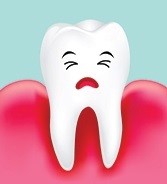
Gum Disease Stages
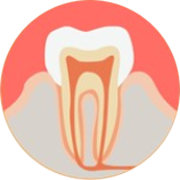
Stage 1
Healthy gum has light pink color
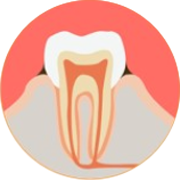
Stage 2
Plague build up on the tooth
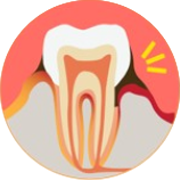
Stage 3
Sore and bleeding gum
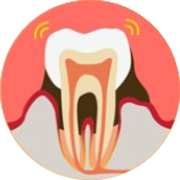
Stage 4
Inflammation and bone loss
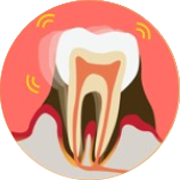
Stage 5
Painful chewing problems and even tooth loss
Types of Gum Treatment
 Gingivitis
Gingivitis
One of the reasons gingivitis is so dangerous is because it is very easy to overlook. Patients with gingivitis may have bad breath and gums that bleed when they are flossed. Fortunately, gingivitis is highly treatable. The most effective form of treatment at this stage is good oral hygiene on the patient’s part. You’ll be asked to evaluate and improve your oral hygiene regimen, including proper brushing, flossing, rinsing, and coming in for regular checkups.

 Deep Cleaning (Scaling and Root Planing)
Deep Cleaning (Scaling and Root Planing)
The dentist, periodontist, or dental hygienist removes the plaque through a deep-cleaning method called scaling and root planing. Scaling means scraping off the tartar from above and below the gum line. Root planing gets rid of rough spots on the tooth root where the germs gather and help remove bacteria that contribute to the disease. In some cases, a laser may be used to remove plaque and tartar. This procedure can result in less bleeding, swelling, and discomfort compared to traditional deep cleaning methods.
Periodontal Disease Q&A
The longer plaque and tartar are on teeth, the more harmful they become. The
bacteria cause inflammation of the gums that is called “gingivitis.” In gingivitis, the gums become red, swollen and can bleed easily. Gingivitis is a mild form of gum disease that can usually be reversed with daily brushing and flossing and regular cleaning by a dentist or dental hygienist. This form of gum disease does not include any loss of bone and tissue that hold teeth in place.
When gingivitis is not treated, it can advance to “periodontitis” (which means
“inflammation around the tooth”). In periodontitis, gums pull away from the teeth and form spaces (called “pockets”) that become infected. The body’s immune system fights the bacteria as the plaque spreads and grows below the gum line. Bacterial toxins and the body’s natural response to infection start to break down the bone and connective tissue that hold teeth in place. If not treated, the bones, gums, and tissue that support the teeth are destroyed. The teeth may eventually become loose and have to be removed.
• Bad breath that won’t go away
• Red or swollen gums
• Tender or bleeding gums
• Painful chewing
• Loose teeth
• Sensitive teeth
• Receding gums or longer appearing teeth
Even when performed gently and correctly, gums may be sore after a thorough tooth cleaning. Some of the more common causes for pain during or after a dental cleaning. If your teeth are already sensitive to cold, heat or pressure, a dental cleaning can aggravate the sensitive nerve endings in your teeth, causing temporary pain. If there’s enough tartar buildup on your teeth, it could actually be insulating your teeth from cold and heat. Once it is removed, the tooth is now exposed to more sensations – which may make the post-cleaning pain more likely. Gum inflammation – If your gums are inflamed, it may also be painful as a reaction to the cleaning. This should calm down within a few days of the procedure.
If you have good oral hygiene habits and a healthy mouth, your dentist and dental hygienist will probably suggest professional teeth cleaning at least twice a year.

